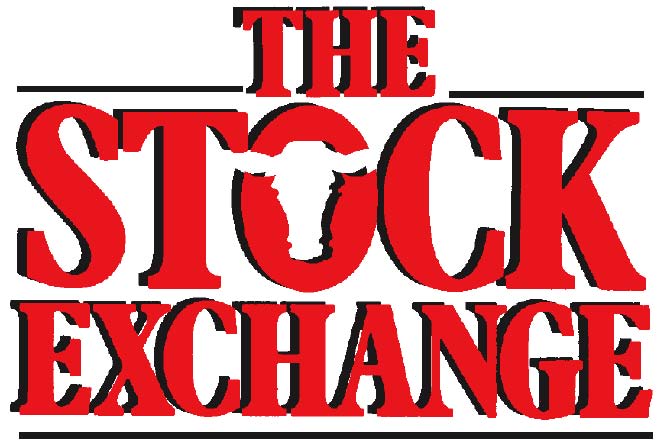Using Increased Longevity to Reduce Annual Cow Cost
Julie Walker , Professor & SDSU Extension Beef Specialist When evaluating annual cow cost, feed rises to the top of the list. Feed cost is an important area to consider; however, have you evaluated the cost of incorporating replacement heifers into the cowherd? Cost of developing a pregnant replacement heifer will vary by operation. However, most producers would agree that this cost could be over $1,000. When figuring the specific development costs, here…
